On April 2, at an event at the White House, US President Donald Trump announced a series of new tariffs that will affect nearly every country in the world.
While the announcement was not a complete surprise, as many businesses and financial analysts had predicted Trump would raise trade barriers since taking office, the scale and scope of the tariffs have raised concerns. In a blow to international trade, the US has imposed severe restrictions on most of its trading partners.
In explaining his decision, Mr. Trump argued that the United States was the victim of unfair trade practices. For example, the United States said that China had taken advantage of World Trade Organization (WTO) rules to access export markets while closing its own, as well as Beijing's use of subsidies and forced technology transfer from foreign companies.
But instead of reforming the trade rules, Mr Trump has decided to completely destroy the global trading system. He has imposed tariffs on all major trading partners, including allies and rivals. China has paid the high tariffs, but Japan and South Korea have not been spared.
Many hope the tariffs will not last long, and the US will have to ease up as prices rise and the stock market falls. But the chances of a return to the era of free trade are slim.
Instead, Mr Trump’s trade negotiations with other countries will shape a new economic system dominated by protectionism, tensions and deals that will not create the jobs Mr Trump hopes for, but will cause chaos in the global economy for years to come.
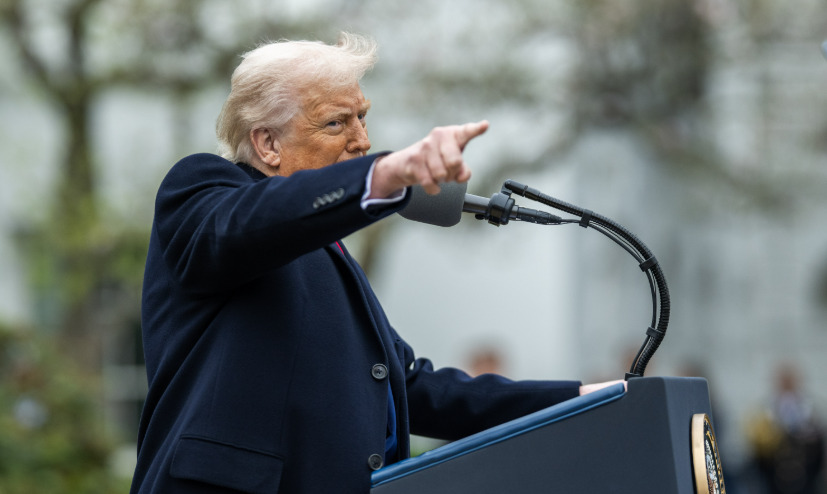
US President Donald Trump at an event at the White House on April 2. Photo: White House
Trump's approach to tariffs
According to Mr. Trump, tariffs are a tool to correct the US trade deficit. But although the US has trade deficits with many countries, this is not a serious problem. It simply reflects that other countries produce goods that American consumers want to buy, so Americans import more from them. However, Mr. Trump believes that any country that has a trade surplus with the US is "cheating" and should face tariffs.
To determine how much to impose, Mr. Trump calculated the ways in which “countries cheat,” including tariffs, non-tariff barriers and currency manipulation, to estimate the “tariff” each country imposes on the United States.
However, this calculation does not take into account other factors such as trade in services, where the US has a surplus with most partners. Despite this, Mr Trump has imposed reciprocal tariffs on imports from these countries.
For example, the US has a trade deficit of $295.4 billion with China and imports $438.9 billion worth of goods from China. Mr. Trump calculates that China imposes an effective tariff of 67% on goods from the US and has imposed a 34% tariff on goods imported from China, double the 20% tariff that was previously applied.
Likewise, the US has a free trade agreement with South Korea, but South Korea has a trade surplus with the US. So, by Mr Trump’s logic, South Korea should also be subject to tariffs, with tariffs of up to 26%. As for countries like Australia and the UK, despite the US having a trade surplus, Mr Trump still imposes a 10% tariff.
But tariffs won’t solve America’s overall trade deficit unless the country completely decouples from international trade. The real trade deficit reflects an imbalance between savings and investment, and if Mr. Trump wants to solve that problem, he needs to boost domestic savings rather than impose tariffs.
Economic consequences and global response
Trump’s tariffs will have a major negative impact on the US economy. Industries with complex supply chains, such as auto manufacturing, will be hit hard. Businesses will face increased costs and disruptions in their supply chains, which will push up prices for consumers.
Even the agricultural, machinery and high-tech sectors will be negatively affected by his retaliatory measures against trading partners.
The global response to Mr Trump’s decision will be a mix of retaliation, appeasement and diversification. Many countries will retaliate with tariffs on US goods, hurting investment and increasing uncertainty about global trade.
Other countries may seek deals to mitigate the impact of US tariffs, but these deals will not address the US trade deficit in the short term.
Countries like China, Japan and South Korea may seek to shield themselves from the impact of US tariffs through closer trade links with each other, but they are also facing their own economic difficulties.
Other countries, particularly European ones, may seek to work with others to create trade deals that do not include the United States.
Regardless of how other countries react, a US retreat from free trade would still cause huge damage to global consumers and businesses.
Ngoc Anh (according to Foreign Affairs, FT)
Source: https://www.congluan.vn/thoi-dai-thue-quan-su-cham-dut-cua-thuong-mai-tu-do-post341400.html


![[Photo] Overcoming all difficulties, speeding up construction progress of Hoa Binh Hydropower Plant Expansion Project](https://vstatic.vietnam.vn/vietnam/resource/IMAGE/2025/4/12/bff04b551e98484c84d74c8faa3526e0)
![[Photo] Closing of the 11th Conference of the 13th Central Committee of the Communist Party of Vietnam](https://vstatic.vietnam.vn/vietnam/resource/IMAGE/2025/4/12/114b57fe6e9b4814a5ddfacf6dfe5b7f)




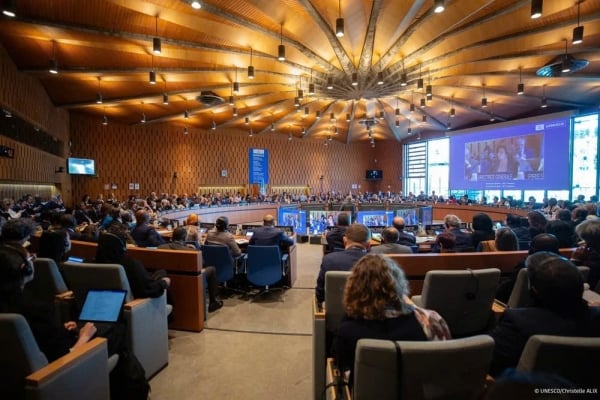

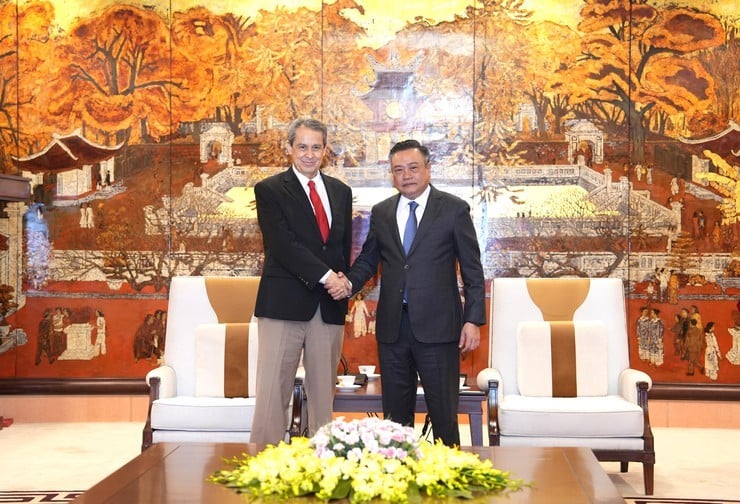

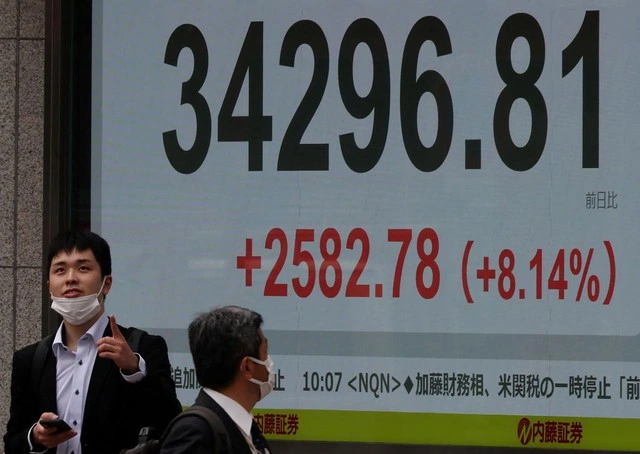
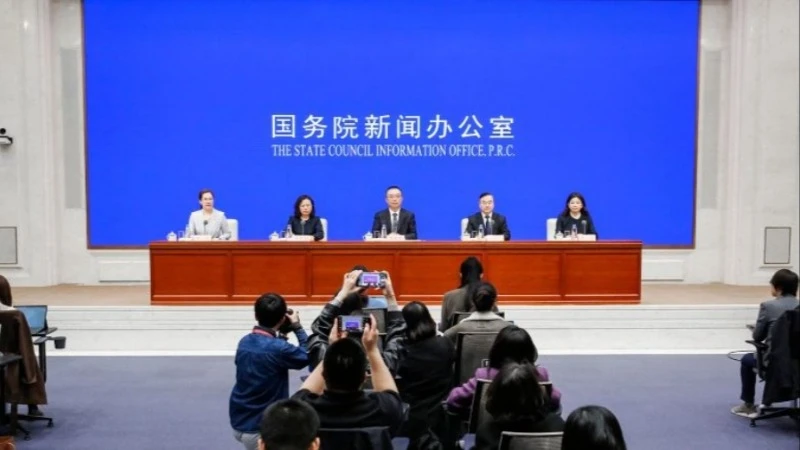











































































Comment (0)